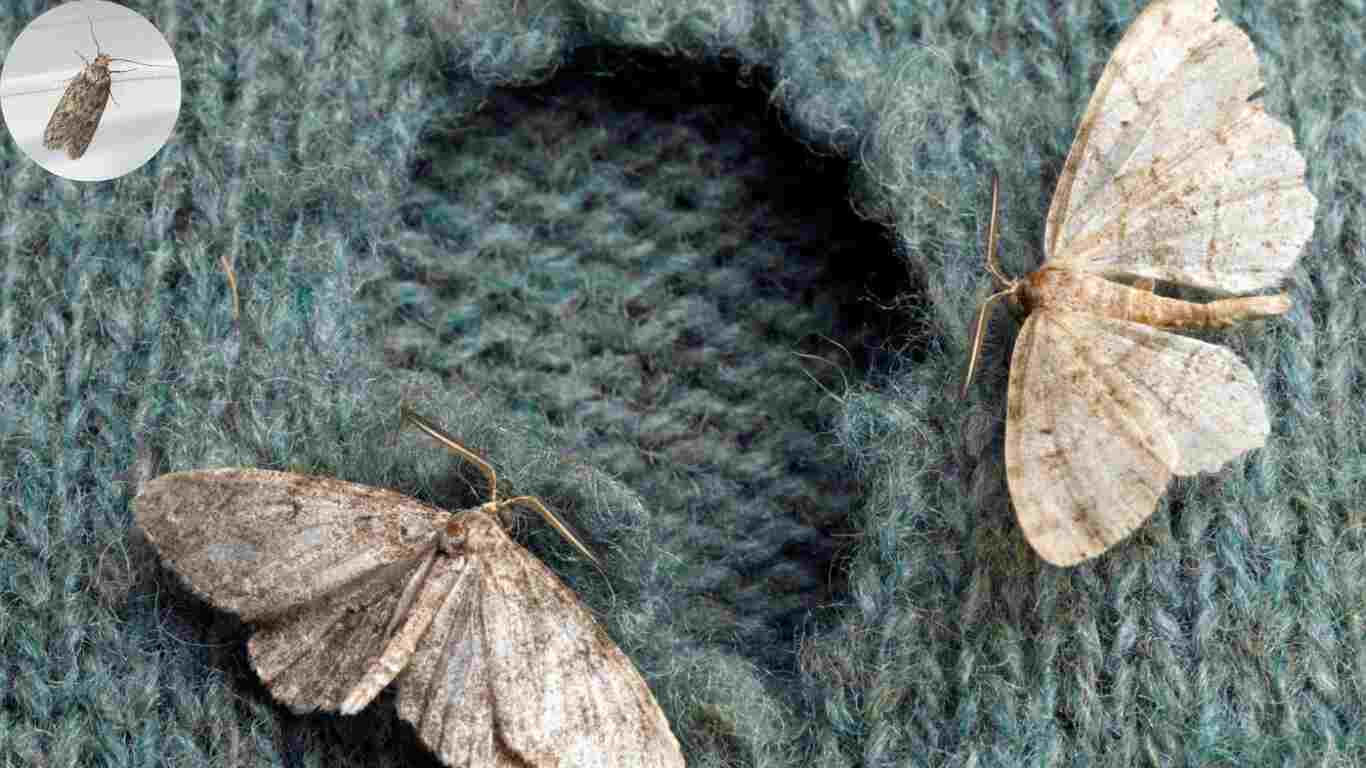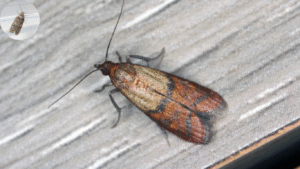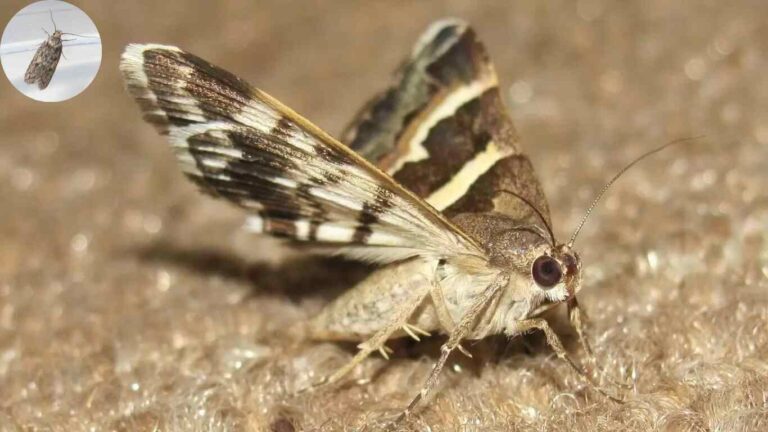Moths appearing in your home can be puzzling and frustrating, especially when they seem to come out of nowhere. These insects often enter houses through contaminated items such as food products or fabric materials already harboring moth eggs or larvae. Common sources include secondhand clothing, rolled-up carpets, large bags of grains or birdseed, and even new carpets stored in warehouses. Moths are attracted to dark, undisturbed areas where they can lay their eggs, and their presence is often linked to unnoticed infestations that begin at the egg stage. Additionally, some moths are drawn indoors by lights through open doors, windows, or cracks in weatherstripping. Understanding where moths come from inside your home is key to preventing and controlling their presence effectively.
Common Types of Moths Found in Houses
Moths come in various shapes and sizes, but a few common types often invade our homes. One of the most recognized is the pantry moth, also known as the Indian meal moth. These pests love to feast on grains and dried foods.
Then there’s the clothes moth, which targets wool, silk, and other natural fibers. Their larvae cause significant damage to clothing and textiles.
They prefer stored tobacco products but will settle for other items if food sources are scarce.
Each type has specific habits that make them unique. Understanding these differences can help you effectively address an infestation when you start asking yourself about those pesky “moths in my house where are they coming from?” Knowing what you’re dealing with is key to taking action against these uninvited guests.
Possible Sources of Moth Infestations
Unraveling the Moth Mystery in Your Home Understanding their potential sources is key to addressing the issue.
Many infestations begin with pantry items. Moths are attracted to grains, nuts, and dried fruits. Check your cabinets for open packages or forgotten snacks.
Closets and wardrobes often harbor moths too. Clothes made from natural fibers like wool or cotton can become breeding grounds if they aren’t stored properly.
Indoor plants may attract moths looking for shelter or food, especially if they show signs of decay.
Entry points matter. Gaps around windows and doors can let these pests inside from outdoors when searching for warmth or light during colder months. Keeping an eye on these areas will help keep them at bay.
Identifying where the moths are coming from is crucial in devising an effective plan to eliminate them.
You may also read(paint your metal garage door to revitalize your home)
How to Identify and Get Rid of Moths in Your Home
Identifying moths in your home starts with a careful inspection. Look for adult moths fluttering around lights or resting on walls. They are often small, with wings that may appear gray or brownish.
Next, check your pantry and closets.The Moth’s Sneaky Snack Attack on Your Pantry and Wardrobe!
To eliminate these pests, start by vacuuming thoroughly in affected areas. Dispose of the vacuum bag immediately to prevent reinfestation. Wash contaminated clothing using hot water to kill any eggs or larvae.
Seal cracks and gaps where moths might enter your home. Consider placing pheromone traps to catch males and disrupt their breeding cycle. Using insecticides specifically designed for moth control can also be effective if done carefully according to instructions.
Prevention Tips to Keep Moths Away
Keeping moths at bay requires a proactive approach. Start by maintaining cleanliness in your home. Regular vacuuming can eliminate eggs and larvae hiding in carpets or corners.
Storage is key for clothes and food. Use airtight containers to seal off pantry items, preventing any access for hungry pests. For clothing, consider using breathable garment bags instead of plastic ones.
Light plays a role too. Moths are attracted to light sources, so try to keep outdoor lights dimmed or use yellow bulbs that are less appealing to these bugs.
Herbs like lavender and cedar work wonders as natural repellents. Place sachets in closets or drawers for an aromatic barrier against moths.
Ensure windows and doors have tight seals. This simple step stops moths from entering your space while allowing fresh air inside without inviting unwanted guests.
Natural Remedies for Removing and Repelling Moths
Essential oils can be your best ally in the battle against moths. Scents like lavender, cedarwood, and peppermint are particularly effective. Just a few drops on cotton balls or in a spray bottle can create an aromatic barrier.
Herbs also work wonders. Dried rosemary, bay leaves, and thyme can deter these pesky insects when tucked into clothing or stored items. Not only do they smell delightful, but they’re natural repellents too.
Vinegar is another powerful tool. A simple solution of vinegar and water sprayed around potential entry points can keep moths at bay without harsh chemicals.
Consider using yellow sticky traps to catch adult moths. These non-toxic traps attract and capture them effectively while blending into your home decor seamlessly.
When to Seek Professional Help for a Severe Infestation
When it comes to moths in your house, knowing when to call in the experts can make all the difference. If you’ve tried various methods of elimination and are still finding these pesky critters flitting about, it may be time for professional help. Severe infestations can damage clothing, food supplies, and even insulation if left unchecked.
Look out for signs that indicate a larger problem. Are you seeing an increasing number of adult moths? Is there significant webbing or larvae present in your belongings? These signals suggest that the situation is beyond simple DIY solutions.
Pest control professionals have access to specialized treatments and tools that are more effective than standard store-bought pesticides. They can also identify potential entry points and breeding sites within your home. This not only addresses the current infestation but helps prevent future issues as well.
If you’re feeling overwhelmed by persistent moth sightings or suspect a severe infestation, don’t hesitate to reach out for expert assistance. Protecting your home from unwanted pests is worth every effort!
You may also read(how should a concrete garage floor be sealed)

